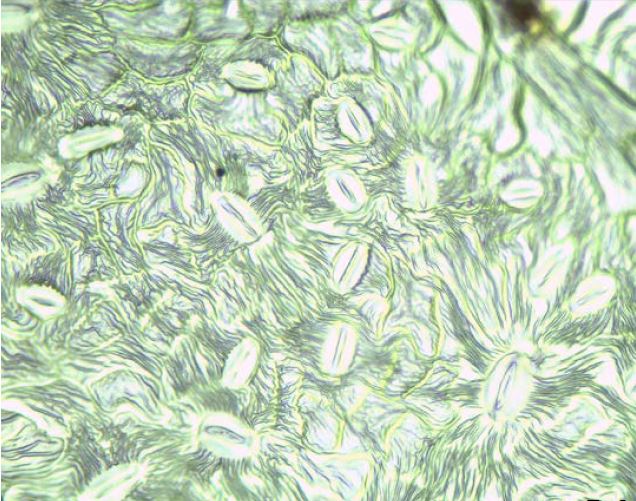An impact of air pollution on characteristics of stoma and photosynthetic apparatus of Tilia cordata (Mill.) and Tilia platyphyllos (Scop.) on Banja Luka area
DOI:
https://doi.org/10.7251/GSF1828059JKeywords:
air pollution, stomata, photosintetic pigments, Tilia cordata, Tilia platyphyllosAbstract
In this paper, we investigate the impact of air pollution on the content of photosintetic pigments, and the number, and the sizes of stoma’s cells for Tilia cordata Mill. and Tilia platyphyllos Scop., on three localities in the area of Banja Luka (Borik, Obilićevo i Paprikovac). The obtained results show that the number of stomas of Tilia platyphyllos in average is greater than that of Tilia cordata, particularly in leaves taken from the outer part of treetop comparing to that of the inner part. The dimensions of stomas are greater, in everege, of Tilia cordata than that of Tilia platyphyllos, due to the genetic’s conditions. Total content of the chlorophyll was varied from 1.656 to 5.616 mg/g, and the greater content during the season is established for Tilia cordata than for Tilia platyphyllos. The largest reduction of the number of stomas and photosynthetic pigments is established on the locality of Borik, where the highest concentration of ear pollution is noted. Our results show that changes in the number, the sizes of cells of stomas, and the content of photosynthetic pigments may serve as indicators of the resistance of the chosen species by ear pollution.

Downloads
Published
Issue
Section
License
Copyright (c) 2018 Nina Janjić, Tanja Maksimović

This work is licensed under a Creative Commons Attribution 4.0 International License.

